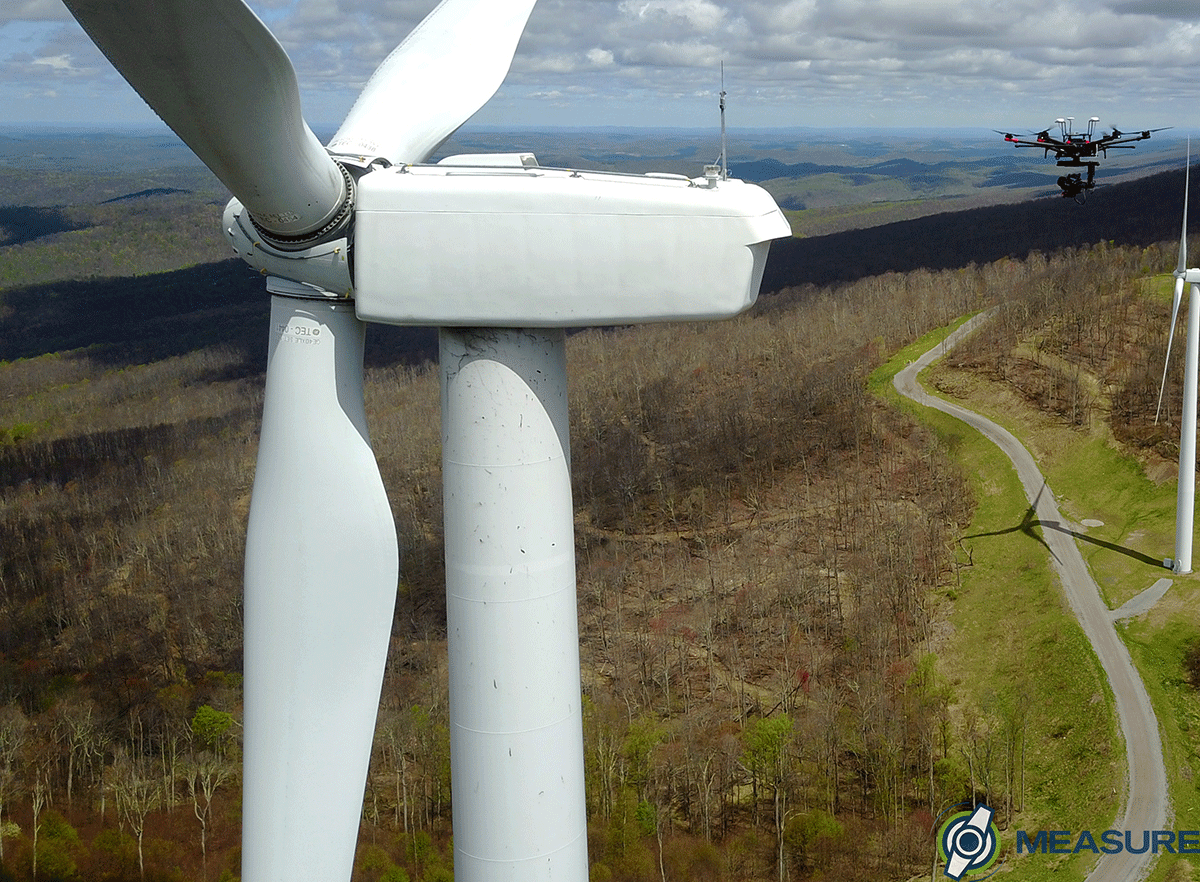To own, lease or pay for a service is an old conundrum that haunts every manager in any industry that requires machinery. Unmanned Aerial Vehicles (UAV’s) are no different, and old dilemmas also apply to this new industry, although the considerations around choosing which option to utilize as a business model are quickly evolving.
Software companies in the early 90s made a lot of money selling hard copies and licenses of their programs, but they’ve migrated to a subscription model in the past few years where no media change hands and everything is downloaded and managed from a central location. With that model well established, it’s no surprise that the concept of selling a service based on a drone emerged as a viable option to ownership.One clear example of this new approach comes from MEASURE, a Washington, D.C. headquartered company founded in 2014 to focus entirely on the Drone as a Service (DaaS) business model. The idea behind DaaS is simple: MEASURE does the research about the best hardware and software platform for the specific targeted industry and designs a compelling package of services which fits the demand of companies in the space.According to officials interviewed for this article, Part 107 was the trigger for growth for DaaS. It meant legally taking to the skies was going to be less of an ordeal, which allowed MEASURE to hire industry experts, drone pilots and software engineers to fine tune their offering in the selected market segments. Those segments include telecommunications, media, energy and architecture, engineering and construction (AEC).MEASURE acts as software and hardware agnostic systems integrator, which allows them to save their customers the headache of selecting a platform, training their personnel and keep up with the inevitable updates and upgrades to that hardware and software. Their services include planning, data capture, data processing, analysis and presentation in the client’s format.As an example of how specific they get, MEASURE’s approach to wind turbine inspections was based on known requirements from in-house industry experts and high demand. The approach to solar farm inspections was slightly different with the company making the initial investment and then aggressively marketing to companies active in renewable energy.The most obvious return on investment (ROI) for their customers is centered around the elimination of downtime, and it’s a difference they can see when the DaaS model is compared to traditional methods. A full external inspection of a wind turbine done from the ground using scanners and optical methods runs for two hours or more, with gaps in certain areas and observation shadows that can’t be seen from the ground. The same inspection with a drone is less than 30 minutes and includes every inch of structure.When asked about the sales approach to wind farm operators, MEASURE officials were emphatic that the best tool to convince undecided customers is to compare down time and show actual savings in the purchase and maintenance of hardware and software platforms, hiring of pilots and system analysts. Even though the technology is not 100% autonomous, the human interaction that is required is part of the service MEASURE offers their customers.Another powerful argument for utilizing this model centers around the integration of the DaaS model into the client’s existing workflows, and that ties into the DasS model being the “easy button” of the industry and even more ideal to utilize than the “complete drone solutions” we’re always hearing about. UAV technology is advancing rapidly, and MEASURE has detailed the challenges that many struggle with when it comes to adoption. By the time an organization buys everything they need, trains their personnel and integrates it into their processes, something new often comes along and they have to start the adoption process all over again.Considering the challenges that some run into when trying to effectively leverage drone technology, it can be an effective and lucrative proposition to hire experts and delegate certain processes to DaaS companies instead of having to learn and become proficient in these complicated and highly regulated issues. The DaaS model is one that makes a lot of sense for a variety of organizations that can’t effectively figure out what it will mean to sort through adoption challenges themselves.Subscribe
The information you submit will be stored and used to communicate with you about your interest in Commercial UAV News. To understand more about how we use and store information, please refer to our privacy policy.
October 3, 2017
MEASURE and the DaaS (Drone as a Service) Business Model















Comments